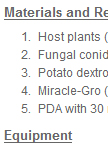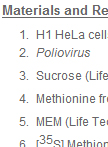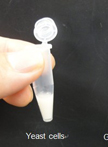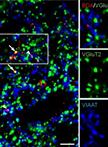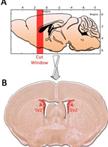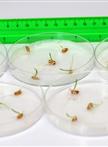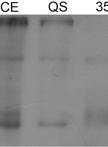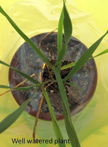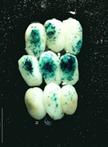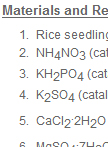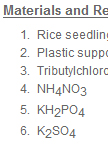- Submit a Protocol
- Receive Our Alerts
- EN
- Protocols
- Articles and Issues
- About
- Become a Reviewer
Past Issue in 2013
Volume: 3, Issue: 16
Biochemistry
Protein Flotation Assay to Isolate Lipids Rafts from Soft Tissue or Cells
PTEN-lipid Binding Assay
Cancer Biology
Quantitative Methylation Specific PCR (qMSP)
Natural Killer Cell Transfer Assay
Cell Biology
Cell Surface Protein Biotinylation and Analysis
Sodium Current Measurements in HEK293 Cells
Fluorescence in situ Hybridization to the Polytene Chromosomes of Anopheles Mosquitoes
Immunology
Bronchoalveolar Lavage and Lung Tissue Digestion
Ex vivo Natural Killer Cell Cytotoxicity Assay
Microbiology
Zymogram Assay for the Detection of Peptidoglycan Hydrolases in Streptococcus mutans
Drug Sensitivity Assay of Xanthomonas citri subsp. citri Using REMA Plate Method
Metabolic Labeling of Yeast Sphingolipids with Radioactive D-erythro-[4,5-3H]dihydrosphingosine
Bioassay to Screen Pathogenesis-associated Genes in Alternaria brassicicola
Isolation of Radiolabeled Poliovirus Particles from H1 HeLa Cells
Molecular Biology
Ultra-low Background DNA Cloning System
Neuroscience
Retrograde and Anterograde Tracing of Neural Projections
Primary Culture of SVZ-derived Progenitors Grown as Neurospheres
Plant Science
Measuring Germination Percentage in Wheat
Reverse Zymmogram Analysis for the Detection of Protease Inhibitor Activity
Rapid Induction of Water Stress in Wheat
Maize Embryo Transient Transformation by Particle Bombardment
Determination of Nitrate Uptake and Accumulation Using 15N in Rice Seedlings
Measurement of Net NO3- Flux in Rice Plants with the SIET System


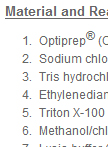

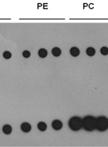
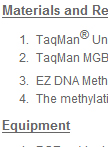
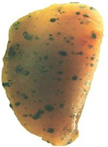

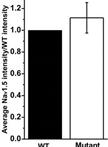

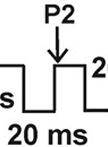
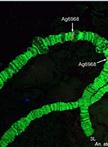
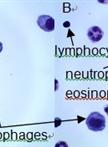

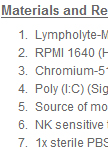
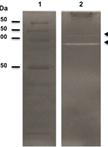
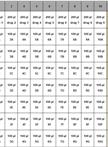

![Metabolic Labeling of Yeast Sphingolipids with Radioactive D-erythro-[4,5-3H]dihydrosphingosine](https://en-cdn.bio-protocol.org/imageup/arcimg/20130820012439267.jpg?t=1758534032)
